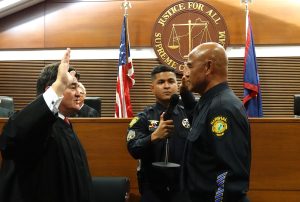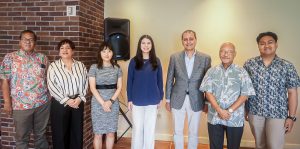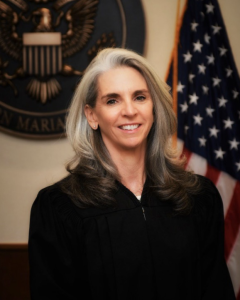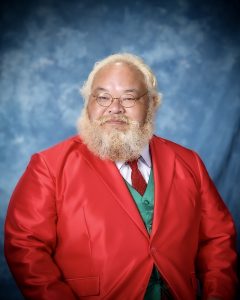DOL doesn’t have accurate picture of touchback impact
The CNMI Department of Labor does not have an accurate picture of the impact the U.S. Citizenship and Immigration Services’ “touchback” policy has had on the CNMI because only a number of local businesses have participated in the department’s recent survey.
Back in June, to gain a clear perspective on what the actual impact of the USCIS’ “touchback” provision would be for the CNMI as a whole, the CNMI Department of Labor launched a CW-1 survey.
The survey was essentially meant to measure the impact of the implementation of the “touchback” provision by having local businesses provide the number of CW-1 employees they had that would be required to leave the CNMI this year in compliance with said provision.
However, according to DOL Secretary Leila Staffler, as of yesterday no new businesses participated in the survey.
To be more specific, based on a document acquired by the Saipan Tribune, only 18 local businesses/agencies participated in the survey.
In addition, based on the number of surveys submitted, among these 18 businesses/agencies alone, about 80 contract workers are scheduled to leave the island this month and more in the months to follow.
The department has been urging CNMI businesses who employ foreign workers to fill out the survey to give DOL an idea of how it can fill in the gaps in the CNMI workforce now that the “touchback” provision is being enforced in the CNMI.
According to a previous article on the Saipan Tribune, touchback refers to the requirement for foreign workers to leave the CNMI before their work visas could be renewed for a third consecutive time. That departure requirement also means they will have to stay away until a new permit is approved, which could take months.
“The survey is intended for any business owner who employs CWs or other visa type workers, because we’re interested in understanding how many visa type workers are out there. That’s information we don’t actually collect. So, this is our effort to communicate with businesses directly so that we can understand how this new touchback policy affects them. It will also help us see how we can improve or increase our services as a Department of Labor to help the gaps with U.S. workers, if at all possible,” Staffler said in a previous interview.
Staffler said DOL wants to help fill these gaps with U.S. workers so DOL encourages as many businesses as possible to take part in the survey in the next four weeks so that DOL can respond to their labor needs.
Fortunately, Staffler said, the CNMI has good training programs and facilities on island that are able to train locals to perform specific trade skills that have needed to be outsourced through foreign workers who may now have to leave due to the new touchback provision.
As a matter of fact, DOL hosted a job fair last week to connect local workers with businesses in need of employees in light of the exodus of foreign workers.
Overall, Staffler said, the survey is important in balancing DOL’s responsibility of enforcing laws regarding workforce preference for U.S. workers, while also collecting data that would paint a clearer picture of how much the CNMI still needs foreign workers, like those under the CW-1 visa program, to bridge the gap in its workforce.
“People with economic interest wanted to know this data and we do not actually know this data. This is beyond the scope of what DOL for the CNMI is enabled to do because all CW applications are approved outside of our system so that information is not actually directly shared with us,” Staffler said.
“We don’t have control over this law and only U.S. Congress can change any of those provisions, so we just want to be able to react in an appropriate way to maintain our workforce needs for our businesses and hopefully keep our economy afloat. We created this survey because there were so many people in the community asking DOL about this data because the economy relies on this type of changes,” she added.
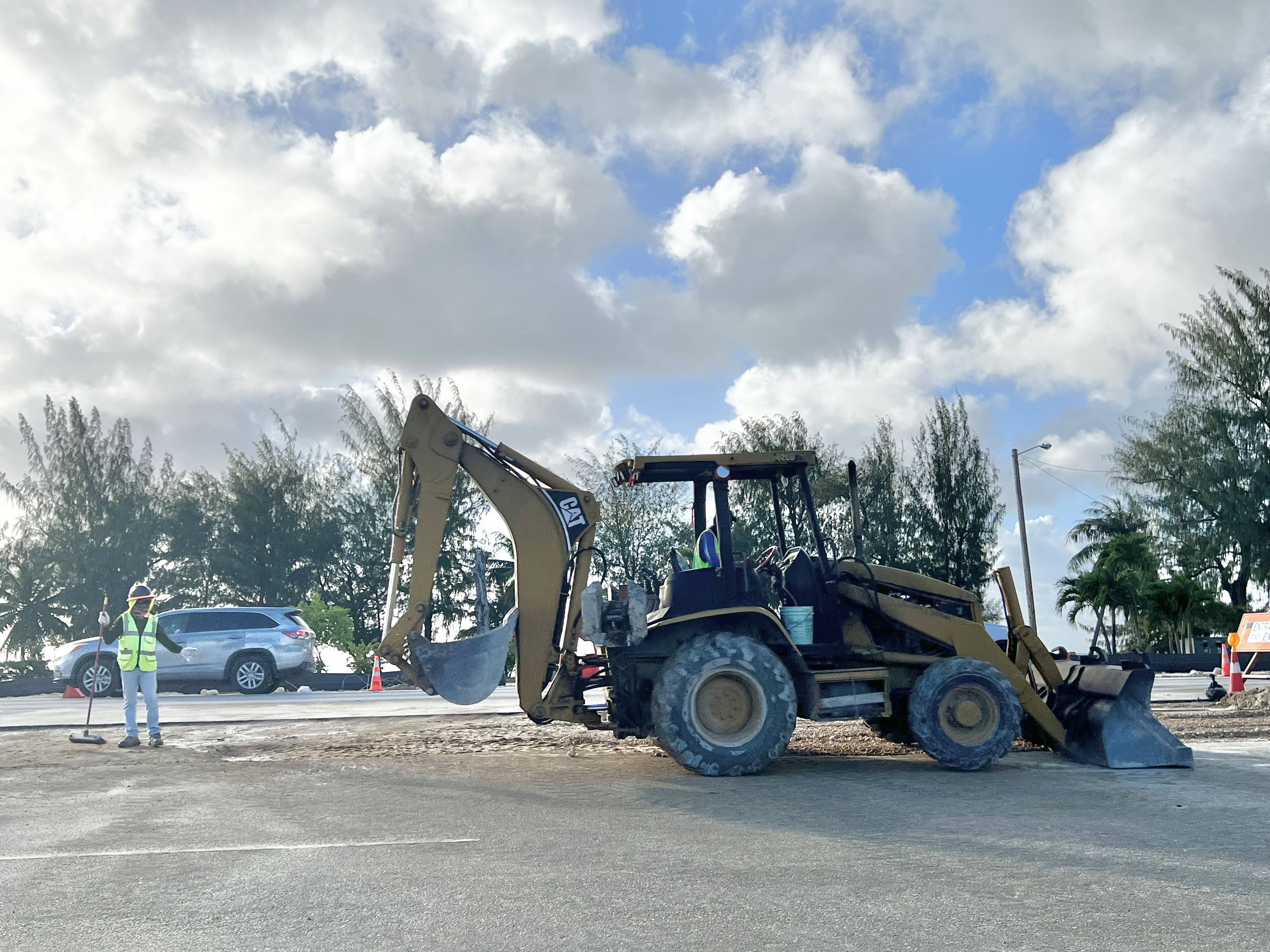
Construction workers work on the road improvement project in Beach Road in Susupe.
-KIMBERLY B. ESMORES

